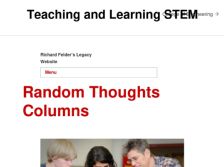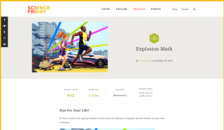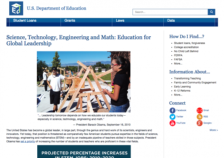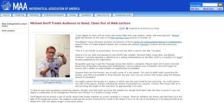Browse Resources
(15 classifications) (168 resources)
Mathematics -- Study and teaching
| Activity programs.
(18)
Aids and devices (4) Audio-visual aids (11) Blogs (3) Computer network resources (34) Electronic discussion groups. (1) Evaluation. (8) |
Exhibitions
(1)
Film catalogs (1) Interactive multimedia (5) Periodicals (4) Software (2) Standards (5) United States (12) Video catalogs (2) |
Resources | |||||||||||||||||||||||||||||||||||||||||||||||||||
|---|---|---|---|---|---|---|---|---|---|---|---|---|---|---|---|---|---|---|---|---|---|---|---|---|---|---|---|---|---|---|---|---|---|---|---|---|---|---|---|---|---|---|---|---|---|---|---|---|---|---|---|
| |||||||||||||||||||||||||||||||||||||||||||||||||||
| ← Previous | Next → | ||||||||||||||||||||||||||||||||||||||||||||||||||









